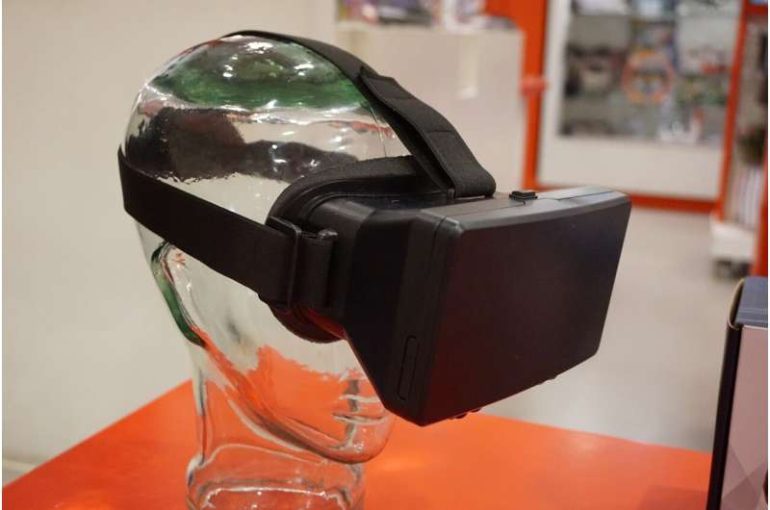• Ford is implementing AI-powered inspections, 3D-printed tools, and AR training to address longstanding quality issues.
• Warranty costs on older vehicles led to a 5% drop in net income in Q2 2024, prompting quality-focused investments.
• Ford’s MAIVS system has reduced defects in parts inspections, improving production efficiency.
• 3D printing allows for quick development of custom tools, cutting production time and reducing physical strain on workers.
• AR training helps employees rapidly acquire skills for complex tasks, improving flexibility and precision in manufacturing.
• Ford has shown notable progress in quality improvement, moving up 14 spots in J.D. Power’s 2024 U.S. Initial Quality Study.
Main AI News:
Ford Motor Co. is employing advanced technology, such as AI-powered inspections, 3D-printed tools, and augmented reality (AR) training, to improve vehicle quality, a persistent issue impacting its financial results.
In the second quarter, Ford experienced a 5% drop in net income due to rising warranty costs on pre-2021 vehicles. The automaker has faced years of quality-related setbacks, but new leadership and manufacturing upgrades are aiming to reverse that trend. Despite initial financial strains from slower vehicle launches, Ford is confident in its approach. The company’s 14-spot leap in J.D. Power’s 2024 U.S. Initial Quality Study, rising from No. 23 to No. 9, signals progress in quality improvement.
Key elements of this initiative include more detailed quality checks, streamlined communication, and changes to its purchasing strategy to prevent quality issues early in the production process.
Ford’s Mobile Artificial Intelligence Vision System (MAIVS) is central to its quality control, using AI cameras to inspect parts during assembly. In 2023, MAIVS was installed at over 300 stations across 20 plants, conducting 60 million inspections. At the Van Dyke Electric Powertrain Center, the system reduced defective part rejections from 63 to zero over nine months, demonstrating its effectiveness in preventing faulty components from advancing in the production line.
Ford has also introduced 3D printing technology to improve manufacturing efficiency. At the Van Dyke plant, workers collaborate with engineers to design and produce custom tools in just hours, significantly speeding up the assembly process. These tools improve consistency, reduce physical strain on workers, and cut production time.
In addition, AR training with Microsoft HoloLens enhances employee skill development. At Dearborn Engine, workers use AR goggles to follow step-by-step visual instructions during complex tasks. This method allows workers to learn new jobs and complete them with greater precision quickly. The technology is being expanded to other Ford plants, providing greater workforce flexibility.
Through integrating AI inspections, 3D printing, and AR training, Ford is working to streamline production, reduce defects, and achieve better financial outcomes. The automaker sees these investments in technology as key to addressing its longstanding quality issues and improving long-term performance.
Conclusion:
Ford’s investment in cutting-edge technology to address quality issues reflects a strategic shift towards long-term operational efficiency. Adopting AI, 3D printing, and AR training is already delivering measurable results, from reducing defects to improving workforce agility. It signals a broader trend for the market where automakers must invest in advanced technologies to enhance product quality and optimize production processes. As these innovations become more widespread, companies that fail to adopt similar measures may struggle to compete on quality, efficiency, and profitability.

